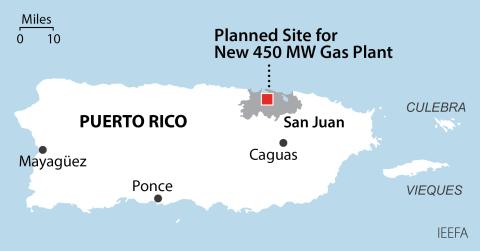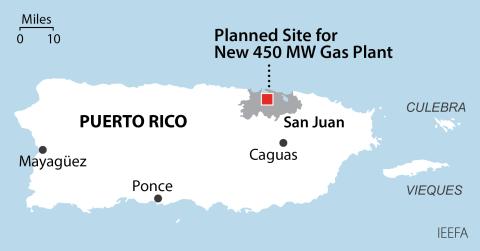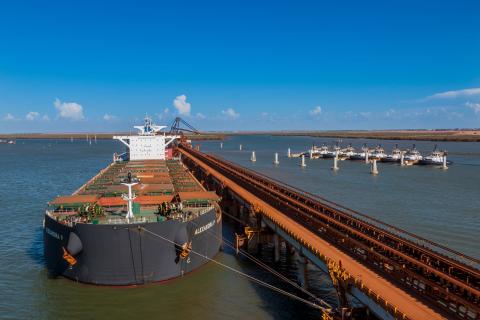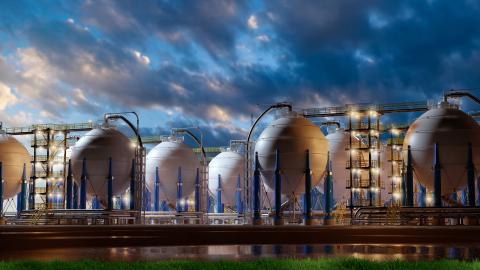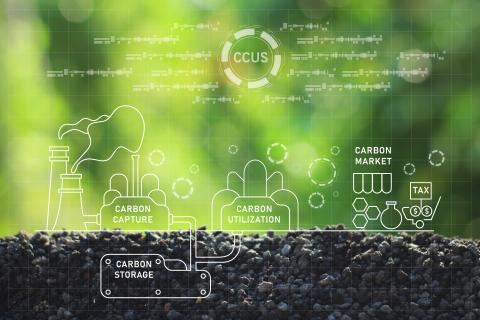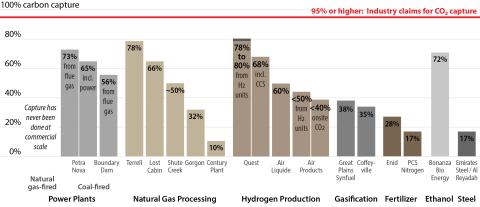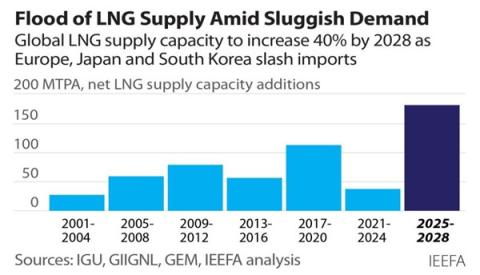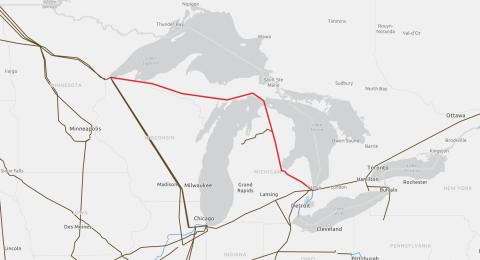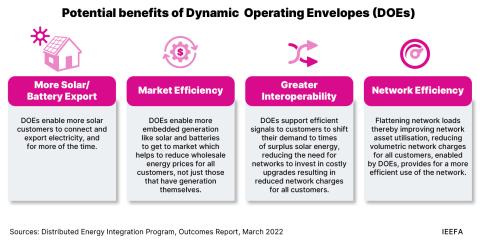Santos’s 2022 Climate Change Report shows emissions climbed steeply, and understates the true position

Key Findings
Santos’s 2022 Climate Change Report has the stated aim of reducing emissions. The new Barossa gas project will increase emissions, not decrease them.
Even with carbon capture and storage, the Barossa project remains an emissions factory with LNG as a by-product.
It’s difficult to see how Santos will materially reduce emissions along the customers’ value chain.
Despite targeting net-zero, Santos’s total emissions grew by 53% over the year to June 2021 and by 94% over the past five years according to its 2022 Climate Change Report, which should raise significant concerns for investors considering its billion-dollar oil and gas expansion plans for 2022 alone.

The recent announcement by the Import-Export Bank of South Korea’s (KEXIM) board to delay a $330 million credit facility for the Barossa gas project, citing environmental and legal factors, was made after Report came out.
This may be raising significant concerns for investors
Overall, Santos’s considerable capital expenditure budget in 2022 – between US$1.15 billion and US$1.3 billion, will mostly be spent on oil and gas expansion projects including the new gas project at Barossa offshore Australia.
New oil and gas projects are not consistent with any net-zero emissions by 2050 scenario. Producing more emissions is not emissions reduction.
The new Barossa gas project will increase emissions, not decrease them, and so is entirely inconsistent with Santos’s 2022 Climate Change Report’s stated aim of reducing emissions.
Most of the Barossa project’s carbon dioxide (CO2) emissions will be from combustion, which cannot be captured. CO2 capture processes post-combustion are not currently economically feasible onshore, let alone offshore, anywhere in the world.
CO2 capture processes post-combustion are not currently economically feasible onshore, let alone offshore
Even with carbon capture and storage, Santos’s proposed high emitting Barossa project remains an emissions factory with an LNG by-product – more waste than product.
Reliance on carbon capture, a technology with high failure rates despite its 50-year history, is a fig leaf to disguise rising emissions in the oil and gas industry.
Carbon capture has proven to be technically difficult to implement, saving only fractions of the emissions initially promised.
ExxonMobil’s Shute Creek Carbon Capture Utilization and Storage (CCUS) plant in the U.S. and Chevron’s Gorgon CCS plant in Western Australia are two of the biggest carbon capture projects in the world and both have seriously underperformed their targets.
ExxonMobil sold the CO2 it captured to oil and gas companies to get more oil out of the ground thereby increasing oil and gas production, not reducing emissions, and Gorgon underperformed its targets for the first five years by more than 50% and is now facing payments of up to hundreds of millions of dollars in carbon credits to make up for the shortfall.
Santos is also looking to blue hydrogen – hydrogen produced with gas and carbon capture and storage – to reduce emissions.
Blue hydrogen is not emissions friendly, producing more emissions than just burning the gas, according to some recent scientific studies.
It’s difficult to see how Santos will materially reduce emissions
At current gas prices it not competitive with hydrogen produced with renewable electricity, labelled green hydrogen.
It’s difficult to see how Santos will materially reduce emissions along the customers’ value chain.
Santos’s stated rapidly increasing emissions is sobering, particularly when you consider the systemic under-reporting of emissions globally by the oil and gas industry.
While the oil and gas industry, as a whole, releases 42% of global emissions, the International Energy Agency has stated that methane emissions from the energy sector are 70% higher than official figures.
Santos’s real emissions are most probably understated by a considerable margin.
There is escalating pressure from stakeholders, regulators and civil societies on oil and gas companies to take their liability for Scope 3 emissions into account. Consequently, some big companies such as Eni, Total and BP have adopted “absolute measures” to reduce their Scope 3 emissions.
Eni, Total and BP have adopted “absolute measures” to reduce their Scope 3 emissions
Santos has a target of reducing Scope 3 emissions by 1.5 million tonnes per year, representing only about 4% of its Scope 3 emissions in 2020-2021. Its planned Scope 1 and 2 emission 2030 targets would reduce total emissions by only about 4% of its 2020-2021 total emissions.
KEXIM’s decision highlights how oil and gas companies are on notice. Funding of high emitting projects like Barossa is not assured anymore.
Investors in Barossa, like KEXIM, appear to be judging Santos and the companies involved by their actions, not their aspirations.
By LNG/gas analyst Bruce Robertson and energy analyst Milad Mousavian
This article first appeared in Renew Economy.
Related reports:
IEEFA: Santos 2022 Climate Change Report – A Reality Check
IEEFA: Carbon Capture to Serve Enhanced Oil Recovery: Overpromise and Underperformance



